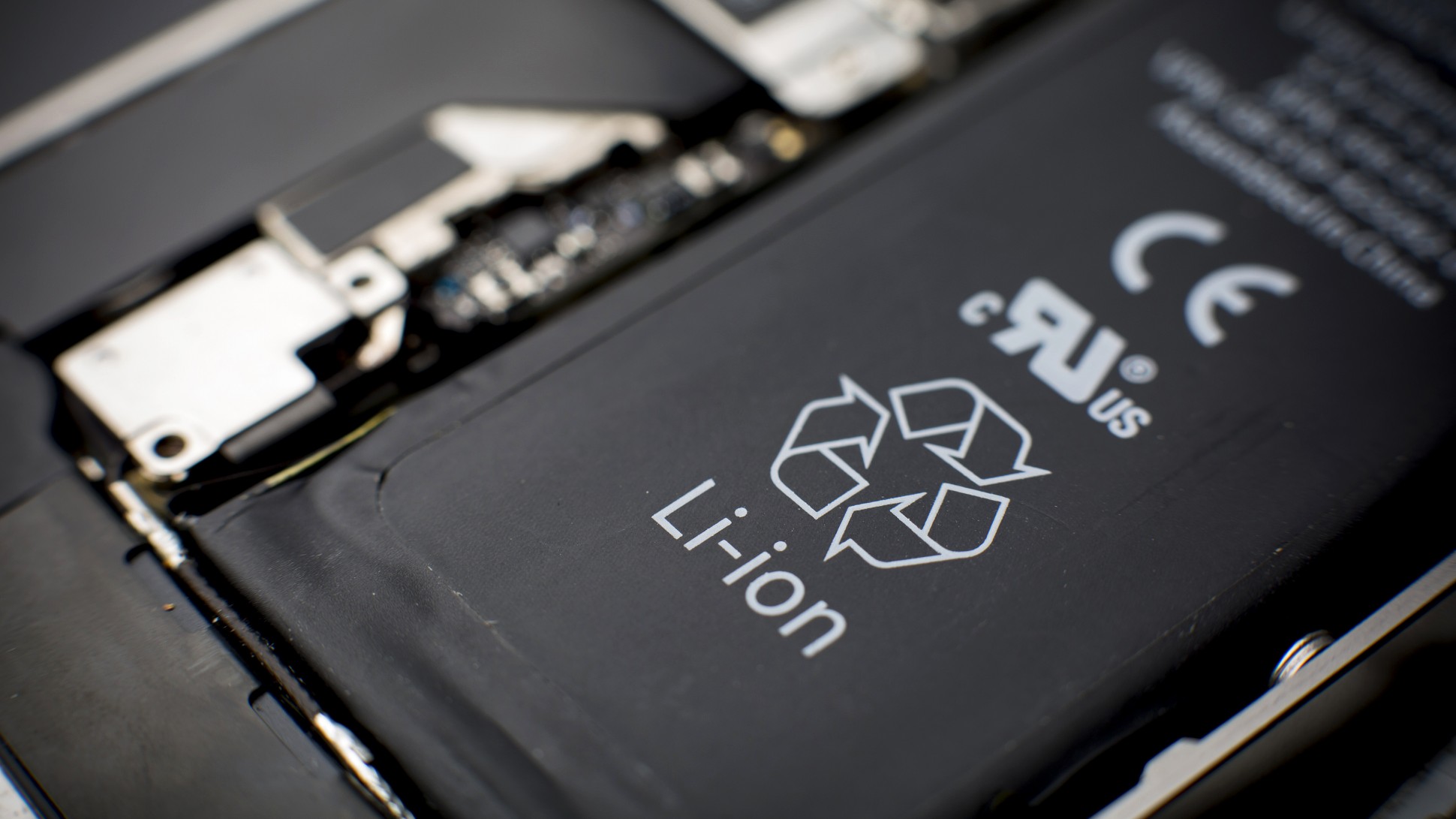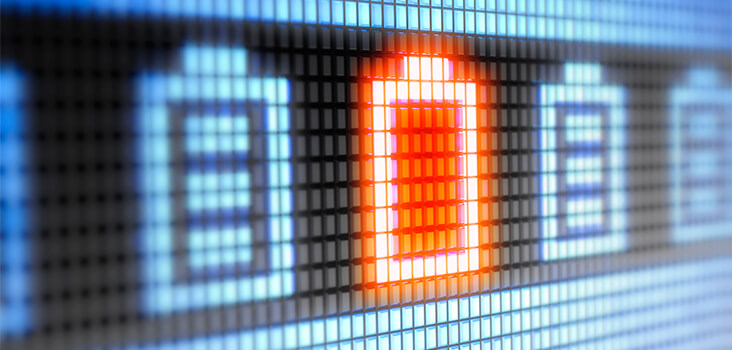How to take Care of your Smartphone's Li-ion battery
How to take Care of your Smartphone's Li-ion battery

Li-ion Batteries are indeed the most crucial hardware components, every Smartphone has one, and it is always NOT enough for the user's needs. Taking a good care of your battery is a very important matter as its capacity wears by time which affects other parts of your device.
In this tutorial here, we will provide you this Technical Smart Tips to improve your Battery's lifetime and improves its performance along a normal day usage.

How to Care for your Smartphone's battery the correct way:
1. Several partial charges are better than a full one
Well, just like in real life, several sprint sessions are better than a marathon. Lithium-ion batteries appreciate partial charging, for example from 30% to 60% or from 45% to 79%, as this keeps the battery's cells close to their ideal state for longer. This means that you have no excuse not to charge your phone several times a day if you can do so.
2. Avoid complete discharges
Okay, extremities are bad for your battery's health. Leaving it at maximum voltage for a long period of time is bad, but draining it all the way down to 0% is even worse. While modern batteries can't fully discharge (whatever you do, there's still a small amount of electricity that will remain unavailable to your phone's hungriness), hitting the rock bottom of your juicer means that some of the battery's cells will no longer be able to hold charge. And this is pretty bad.
3. Your phone's battery feels best at ~40%
There's a reason why the batteries of most phones come pre-charged between 40% and 50% - this is the ideal state of a battery as the voltage is neither too high, nor too low. First of all, this exact charge level does not stress the battery's cells, yet it still allows it to slowly discharge itself while waiting for the impatient user to provide a steady flow of electrical current.
4. Avoid high temperatures
High temperatures are bad for your battery. Your battery can lose up to 80% of its overall capacity if you store it at temperatures of 140F (60C) in a year, though we doubt that anyone will do so. At 77F (or 25C), your phone will lose less than 20% of its maximum capacity for one year.
5. Low temperatures are a no-no as well
If you need to store a battery (due to reasons unknown), make sure that you don't subject it to extremely low temperatures, as freezing deteriorates cells' ability to hold charge, similar to the way heat affects them.
6. Leaving your battery depleted for a long time will render it useless
Normally, your lithium-ion battery will be depleted if the voltage level falls down to roughly 3.0V/cell. If, however, the voltage inside the battery falls below 2.7V/cell, the battery's protective circuits will put into the so-called "sleep" mode, making it nonchargeable naturally, that's the worst case scenario. That's why it's advisable to always make sure that the battery is charged to some extent ideally,that'd be around 40%, as we already mentioned.
7. Lithium-ion batteries have a shelf life
Simply put, you shouldn't stock up on lithium-ion batteries regardless whether you use them or not, they slowly degrade over time and their maximum capacity deteriorate. Instead, buy a new battery immediately before you put it inside your device.
© 2023 YouMobile Inc. All rights reserved






